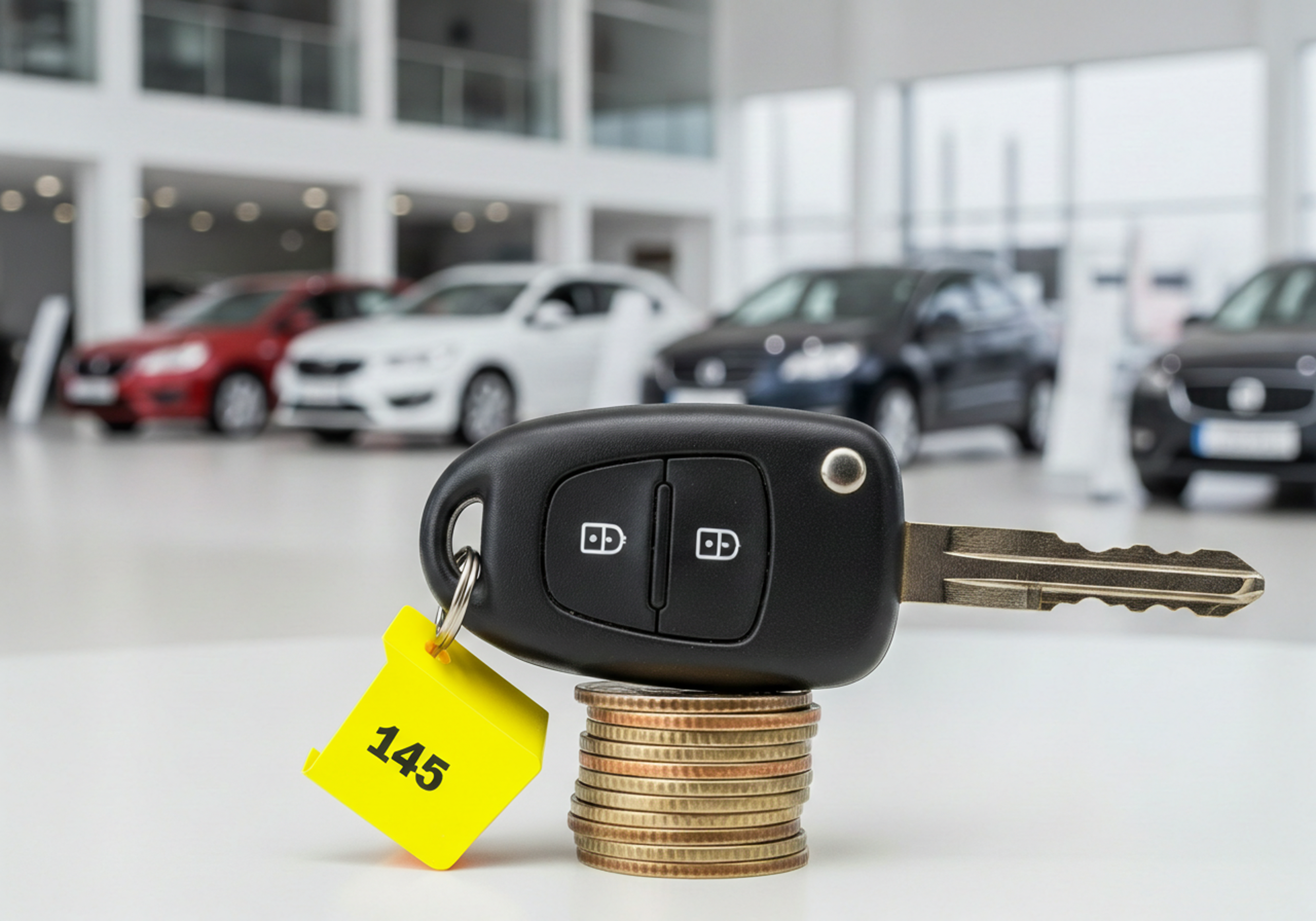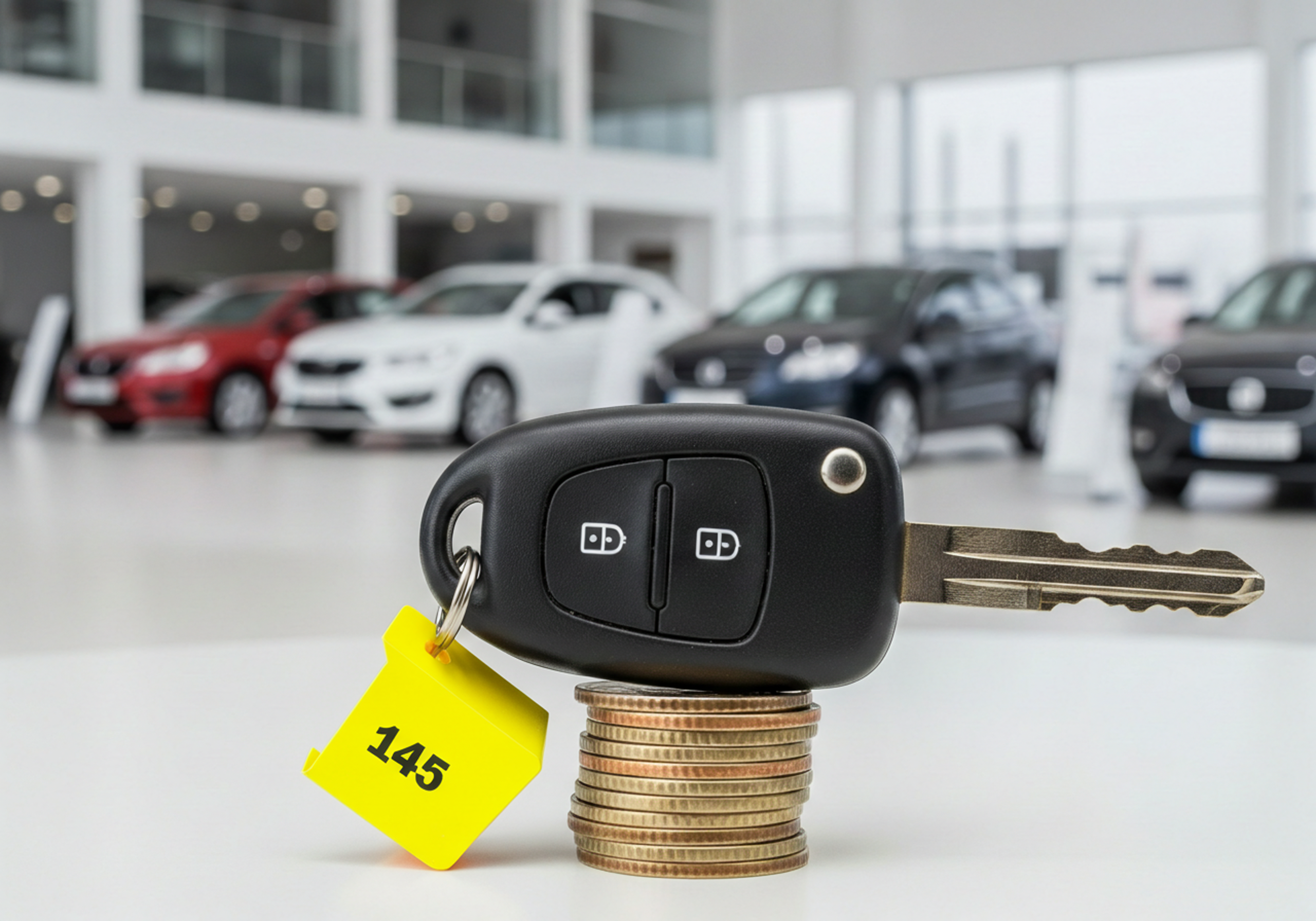Buying guide
Car Finance 101: Unsecured vs. Secured loans for your next car
Secured car loan, unsecured car loan. What are the differences? We take a deep dive, and explain the details.

Getting a new car is exciting. The new smell and the clean dashboard are hard to beat. But for many people, getting the keys means getting a loan first. This article is about the difference between two loan types: 'secured' and 'unsecured'. This will help you understand the decisions you need to make.
What’s the difference between a secured and an unsecured loan?
The main difference between secured and unsecured car loans is collateral. An asset you give the lender to secure your loan. This one factor changes the risk, cost, and how easy the loan is to get for both the borrower and the lender.
Secured Car Loans
A secured loan is less risky for the lender because the car acts as 'collateral'. If you fail to make payments, the lender can take and sell the car. In return for this lower risk, the lender offers a lower interest rate. You get a cheaper loan, but risk losing the car.
The biggest risk for the borrower is car depreciation. A new car loses value fast, even if you take great care of it. A second-hand car is also a rapidly depreciating asset.
Unsecured Loans
An unsecured loan is higher risk for the lender because there is no collateral. To cover this risk, the lender charges a higher interest rate.
The main benefit for you is that the car is not at risk. If you cannot pay, you will not lose the vehicle. This is why some people choose an unsecured loan; it offers more flexibility. You can sell the car at any time since there is no security interest attached to it.
| Feature | Secured Loan | Unsecured Loan | |||
|---|---|---|---|---|---|
| Collateral Requirement | Collateral Requirement | The vehicle being purchased is used as security. | The vehicle being purchased is used as security. | No collateral is required. | No collateral is required. |
| Typical Interest Rate Range | Typical Interest Rate Range | Lower (9.65% - 22.70% p.a.) | Lower (9.65% - 22.70% p.a.) | Higher (13.90% - 23.90% p.a.) | Higher (13.90% - 23.90% p.a.) |
| Risk to Borrower | Risk to Borrower | High: Risk of the vehicle being repossessed upon default. | High: Risk of the vehicle being repossessed upon default. | Lower: Financial risk is limited to fees and credit score damage. | Lower: Financial risk is limited to fees and credit score damage. |
| Risk to Lender | Risk to Lender | Risk to LenderLower risk, as the asset can be repossessed to recover debt. | Risk to LenderLower risk, as the asset can be repossessed to recover debt. | Higher risk, as there is no asset to recover upon default. | Higher risk, as there is no asset to recover upon default. |
| Ideal Borrower Profile | Ideal Borrower Profile | An individual with a stable financial situation who is comfortable with the risk of repossession in exchange for a lower interest rate. | An individual with a stable financial situation who is comfortable with the risk of repossession in exchange for a lower interest rate. | An individual who prioritises protecting their assets, requires flexibility, or is purchasing a vehicle unsuitable for use as collateral. | An individual who prioritises protecting their assets, requires flexibility, or is purchasing a vehicle unsuitable for use as collateral. |
| Example Providers in NZ | Example Providers in NZ | Specialist auto-financiers, some banks and credit unions. | Specialist auto-financiers, some banks and credit unions. | Major banks), personal loan providers. | Major banks), personal loan providers. |
How does a secured car loan work?
With a secured car loan, the lender uses the vehicle as collateral. They register a 'security interest' on the Personal Property Securities Register (PPSR), which gives them the legal right to repossess the car if you default on payments.
An unsecured car loan is different. No asset is used as security. The lender approves the loan based on your credit history, income, and financial situation. Several banks in Aotearoa offer this type of personal loan.
A car loan agreement is a legally binding contract that outlines your financial obligations. Here are the main components:
Loan amount: The money you borrow to buy a car. Loans range from $3,000 to over $60,000. It depends on the lender and your ability to repay.
- Down payment: The money you pay upfront. A larger deposit can reduce your loan amount, get you a lower interest rate, and help with loan approval.
Loan term: The time you have to pay off the loan. A car loan term is typically one to five years, though some personal loans can be up to seven years.
Interest rate: The cost of borrowing money. It is a percentage of the loan amount. Most car loans have a fixed interest rate, meaning your repayments stay the same. The interest rate you get depends on the type of loan, the loan term, your deposit, and your credit history.
These components all affect each other. A longer loan term means lower weekly repayments but a higher total cost. This is because you pay more interest over time. A shorter term means higher repayments, but you pay less interest overall. It is important to find a balance between manageable repayments and the total cost of the loan.
What Lenders Look For
Our research shows prime interest rates can be as low as 7.95% p.a. Mid-tier rates can be between 9.65% p.a. and 22.70% p.a. Standard rates are around 13.90% p.a. A borrower’s credit history has the biggest impact on their loan terms. Lenders use this to assess risk. 'Bad credit' lenders often charge much higher rates, between 16% p.a. and 29% p.a..
But the cost of a car loan includes more than just the interest rate. There are a range of fees that can impact the total price.
Common Fees
An establishment fee is a one-off charge for setting up the loan. This can be anywhere from $100 to $500. Bad credit loans can have fees up to $1,000.
- A PPSR fee is a small charge for a secured loan. It registers the lender's interest in the car. It is usually about $10.
A maintenance fee is a regular cost to manage the loan account. We found examples of $0.50 per week or $8 per month.
Lenders also charge default fees and penalty interest for missed payments. Some also charge a fee for paying off the loan early.
The advertised interest rate can be misleading. A low rate is often for a few people with perfect credit. A loan with a slightly lower rate, but high fees can be more expensive.
The only way to compare loans is to look at the 'total amount repayable'. This figure includes all interest and fees. It is the only reliable measure of a loan’s true cost.
Your Credit Score
A credit score is a number that shows a borrower's creditworthiness. Lenders in New Zealand rely on it for their decisions. A high credit score shows a history of on-time payments. This tells a lender the person is a low risk. The reward for the borrower is a lower interest rate.
A low score comes from things like missed payments or high debt. This signals a higher risk, so the lender charges a higher interest rate. The financial impact of this difference is significant. Anyone can request their credit score on the government's website.
Making Your Choice
The choice between a secured and unsecured loan balances cost against risk. A secured loan is cheaper, but you risk losing the car. An unsecured loan offers flexibility, but you will pay more for it.
Once you understand the difference, you can confidently assess your options and talk with a lender.
With your financing sorted, start your search on Trade Me. We have thousands of new and used cars listed by private sellers and dealers. We also offer a free car valuation tool to help you get a fair price.
Author
Other articles you might like





